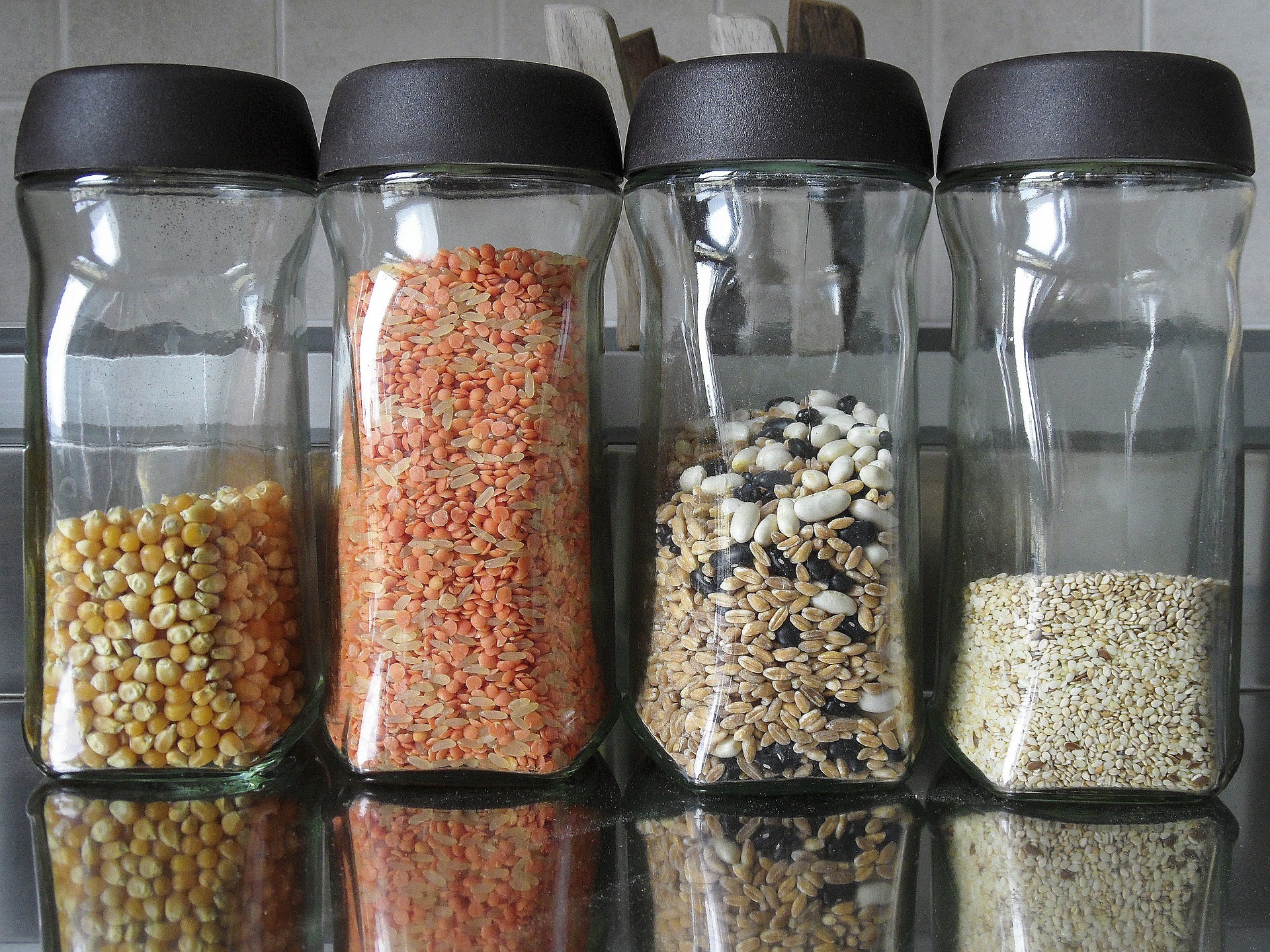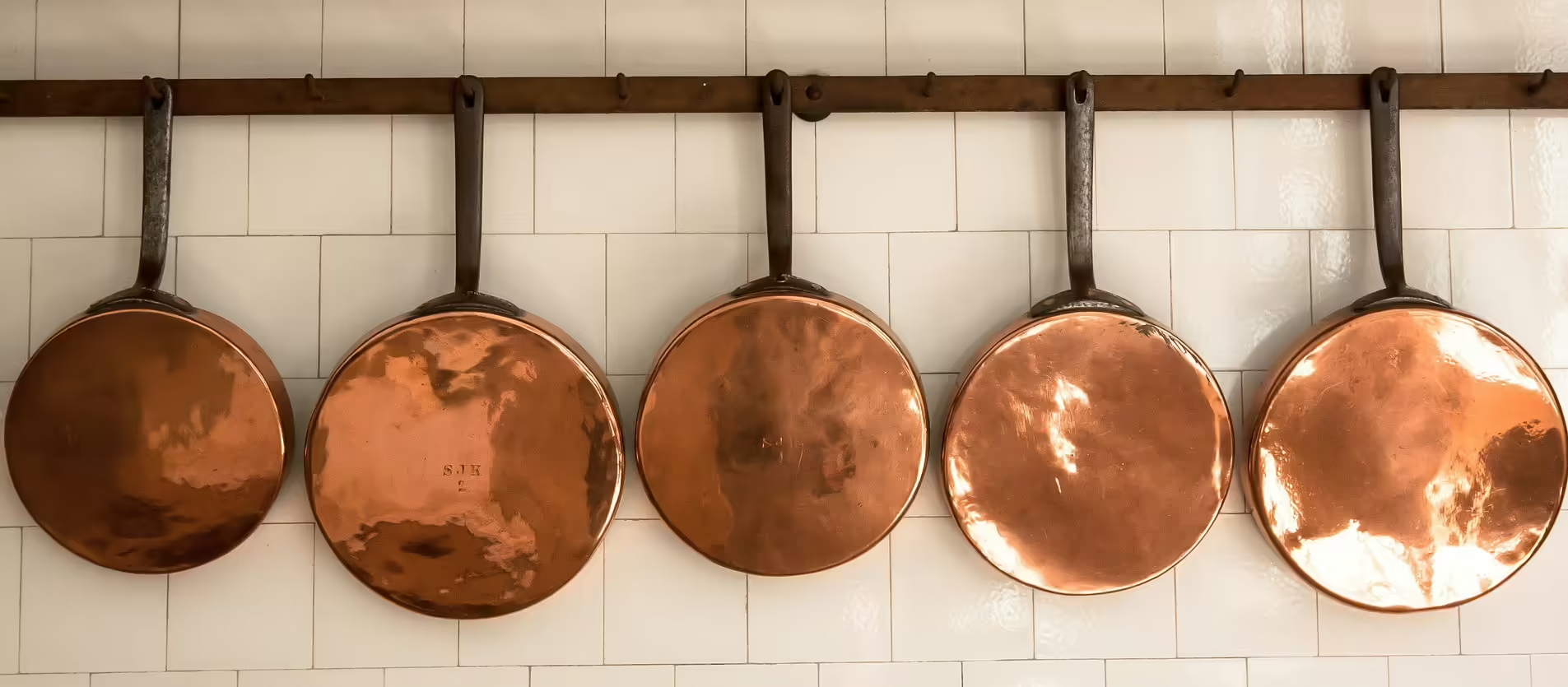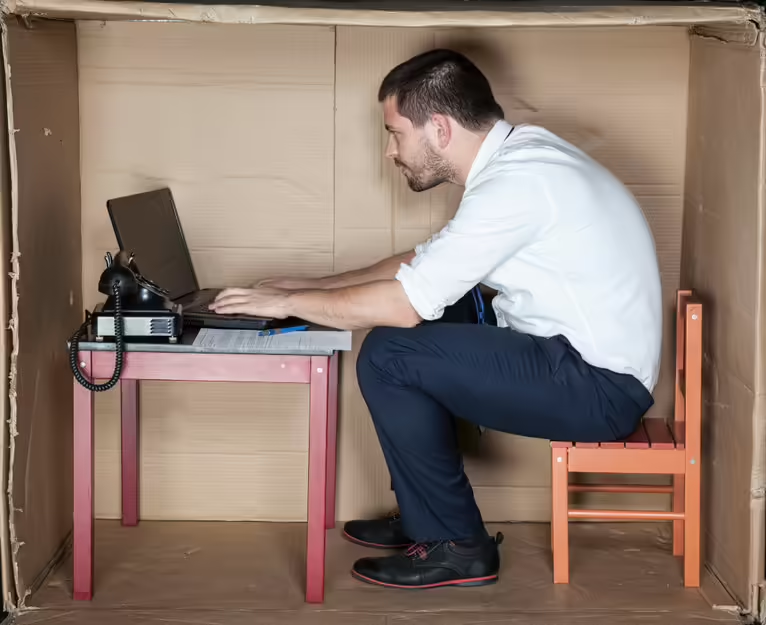One of the most overwhelming parts of moving can be the actual unpacking of those stacks and stacks of boxes. You likely had a place for most things in your old house, but organizing your new space may seem daunting. Of all spaces in your new home, the kitchen may be especially challenging to organize with the sheer bulk of dishes, gadgets, and appliances. Yet, the kitchen is also the hub of your home – it’s where everyone gathers and spends time recounting the day, so it’s probably on your priority list of rooms to get organized the fastest. Here we outline ten helpful tips for organizing your new kitchen:
1. Make Sure It’s Clean
Nothing is worse than unpacking the items you’ll be using to cook and eat in an environment that is unsanitary from the last owner or tenant. Usually cleaning is part of the move-out contract, but it’s always reassuring to at least run over surfaces with anti-bacterial wipes yourself prior to unpacking. Make sure you check the nooks of your appliances like ice trays or the fruit drawers of your fridge for possible mold or filth.
2. Set the Foundation
After you’ve cleaned, but before you start unpacking, you’ll want to make sure you have the tools to effectively organize your kitchen in place. Essentials for organization include the following:
- Shelf liner: Options for shelf liner have evolved from the sticky covering your grandmother used. Now you can find heavy-duty plastic ribbed liners that not only don’t create a sticky mess in your cabinet but are reusable for the next time you move. Lining your shelves keeps a layer between your dishes and who knows what was previously in that cabinet, but also makes cleanup easier in the event of spilt items, like syrup, as they are removable and washable. Before unpacking dishes or stocking the pantry consider investing in shelf liner.
- Utensil and other storage trays: Put all your forks, spoons and knives in their place with a plastic utensil tray. Additionally, purchase larger storage trays for items like spatulas, whisks, graters, and other kitchen gadgets that usually just get thrown in a random drawer, so you have an easier way of organizing them.
- Storage for spices and baking supplies: If you are much of a baker or cook, you’ve probably accumulated a large stock of spice jars for your various recipes over the years. Rather than throwing them all in a box at the back of the cabinet, spend a few dollars on a spice rack that displays all of your spice jars for easy use. As important as spices, are the flours, sugars, and other dry goods you use to make your favorite treats. The paper bags these goods arrive in usually end up with holes and aren’t the best way of keeping items fresh. We advise investing in clear, air-tight containers that make these pantry staples visible, fresh, and critter-free.

3. Think Through the Flow
Now that you’ve set the foundation for your kitchen, let the unpacking begin. Start by thinking through the flow of your kitchen. Where does it make the most sense to put items?
- Heavier items like pots and pans generally do better in lower cabinets so you don’t risk dropping them on yourself when trying to access them. You may also want to put these items close to the oven and cooktop since this is where you’ll be using them.
- Lower shelves of upper cabinets are great, easy access for dishes and glasses as they are lighter and among the most frequently used items in your kitchen. If you frequently pour drinks from the fridge consider putting your glasses in a cabinet nearby.
- Utilize deep, narrow, cabinet space for baking sheets and cutting boards.
- Keep dishcloths and towels in a drawer close to the sink so they are at hand when needed.
4. Less is More
The blender, the toaster, the coffee maker, the knife block… The list of items you may be tempted to leave out on your counters is long. However, extra appliances can make your kitchen look cluttered and reduce the amount of usable space. Consider what really needs to be out and accessible, within hands-reach. It may make sense to leave out the knife block since you use it everyday, but put away the blender and mixer in a cabinet where they are still easily accessible but not eyesores or space stealers.
5. Pair Like Items
It’s advisable to organize drawers by function, i.e., place all baking items like dry measure spoons, spatulas and measuring cups in one drawer and cooking necessities like the cheese grater, apple corer and meat thermometers in another drawer.
6. Storage Containers
It’s so frustrating to spoon your leftovers into a container only to be unable to find the lid! As you unpack, pair containers with lids – if you don’t have a pair toss the odd item out. No sense in keeping non-functional items. Stack your containers according to size and shape so they stay organized and easy to see. Place all lids vertically in a separate container so it is easy to thumb through and pick out the corresponding lid for your container.
7. Maximize Space
Deep shelves are great in theory but can be difficult to utilize. To best use the extra space, fill the back of deep cabinets with infrequently used items like the shaved ice maker your kids begged for last summer (and never use), while putting more frequently used items towards the front. Use Lazy Susans to easily see and access bottles and jars like olive oil and vinegars.
8. Cleaning Supplies
While these are necessary for keeping your kitchen sparkly and sanitary, cleaning supplies should have a designated space far away from food and food prep tools. Storing these supplies under the kitchen sink makes them accessible but also puts a barrier between them and the items in your other cabinets. If you have animals or children make sure wherever you store cleaning supplies is secured with child-proof locks to prevent poisoning.
9. The Kitchen Drawer
There is always the infamous kitchen drawer that gets cluttered with change, pens, random receipts and other trinkets that need a home. Organize this drawer like you would any other drawer in your kitchen. Buy storage trays that can accommodate an area for pens, another for twisty ties and rubber bands, tape or whatever other items you may need to keep in the kitchen.
10. Keep Emergency Numbers Nearby
The fridge can be the hub of birth announcements, report cards, and wedding invitations, but it can also be a great place to post emergency numbers for easy access. This is especially advisable if you are leaving children in the supervision of a babysitter.
We hope these tips help you as you organize your kitchen!
Do you need help with packing, unpacking, storage, or your entire move?
Request a free rapid quote for any moving services you may need. Get started today!




